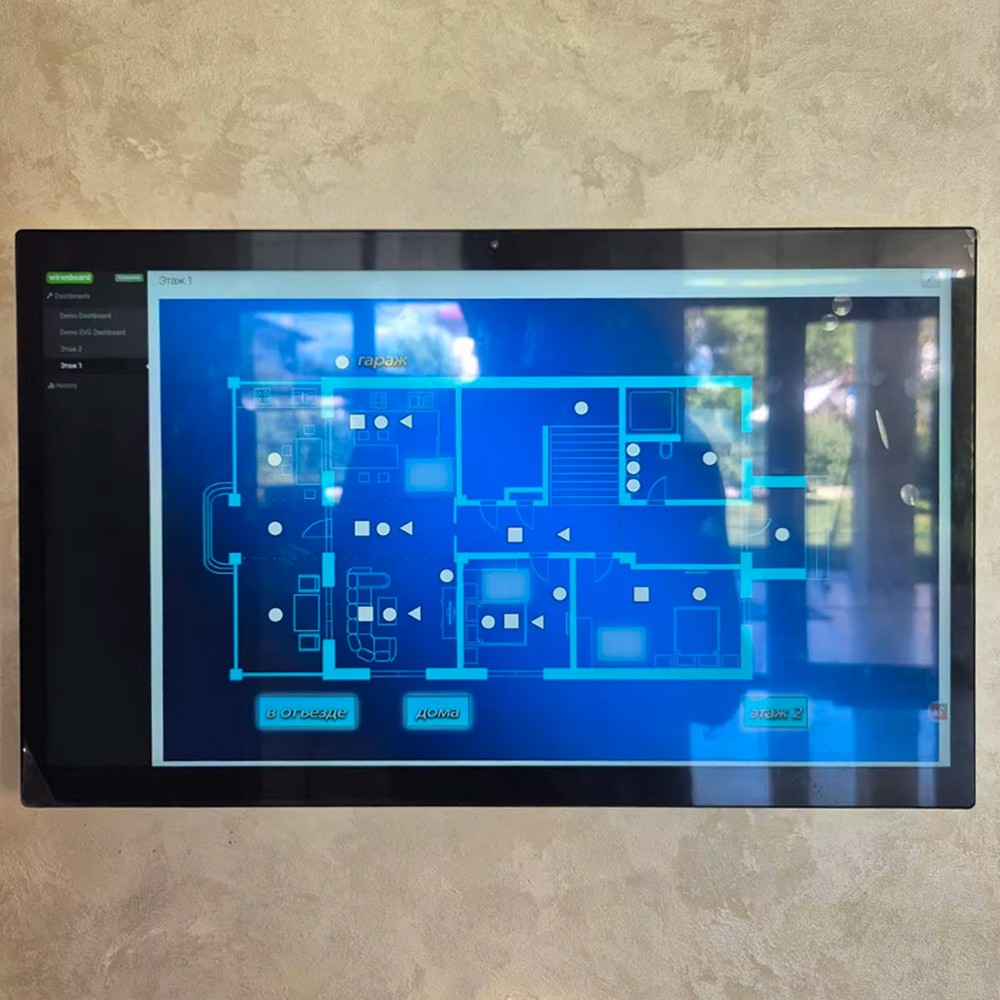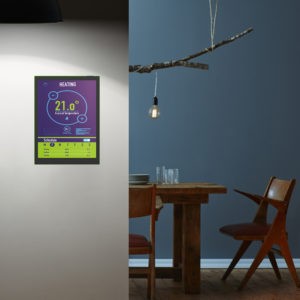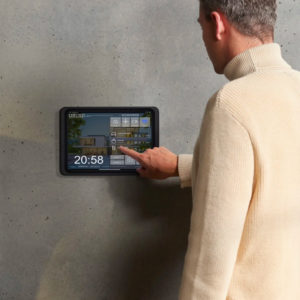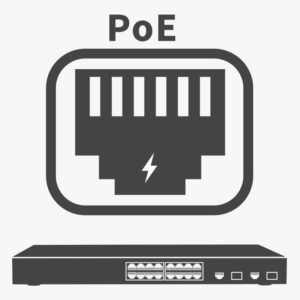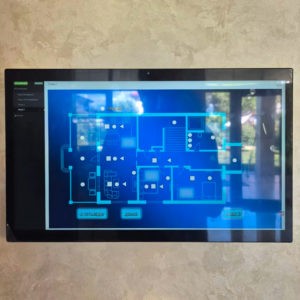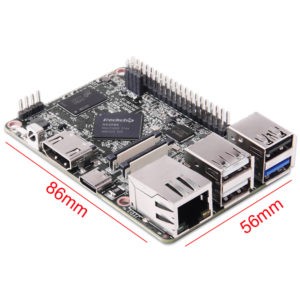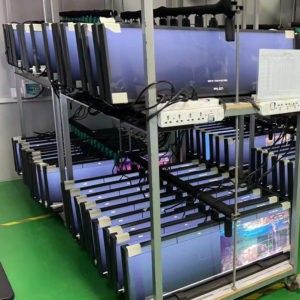In today’s connected world, smart home automation has become increasingly accessible, making homes more convenient, secure, and energy-efficient. A key part of any smart home setup is a centralized control panel to manage various smart devices such as lights, thermostats, security systems, and appliances. The easiest way to achieve this is by using an Android wall-mounted tablet PC as your smart home control hub.
In this blog, we’ll walk you through how to easily transform your Android tablet into a comprehensive smart home control panel. This cost-effective and user-friendly solution allows you to control all your smart devices in one place, even when you’re not at home.
Why Use a Wall-Mounted Android Tablet for Smart Home Control?
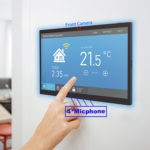
Using a dedicated Android wall-mounted tablet offers several advantages:
Always Available: Unlike mobile phones, a mounted tablet stays in place, ready to control your smart home with a single tap.
Affordable: Android tablets are often cheaper than custom smart home control panels.
Customizable: Install any smart home apps you need, from lighting control to security monitoring.
All-in-One: Manage multiple smart devices and systems from one interface.
Place-saving design: Sleek, modern wall mounts keep your tablet conveniently accessible without taking up counter space.
Step-by-Step Guide to Building a Smart Home Control Panel
Step 1: Choose the Right Android Tablet When selecting a tablet for your control panel, focus on the following:
- Size: Choose a screen size that fits your wall and is easy to interact with, typically between 8-16 inches, some customers even choose 24 inch.
- Performance: Ensure the tablet can handle multiple apps and constant use. Look for a device with at least 2GB of RAM and sufficient internal storage.
- Operating System: Make sure the tablet is running the latest version of Android for compatibility with modern smart home apps.
Step 2: Select a Wall Mount A sturdy, adjustable wall mount is essential. Some mounts allow easy charging access or even offer cable management for a neat installation. Make sure it is securely mounted to the wall and positioned at a comfortable height.
Step 3: Download Smart Home Apps Install smart home apps that you are working with.
Step 4: Create a Centralized Dashboard Using an app like ActionTiles or Home Habit, you can create a centralized dashboard that aggregates all your smart devices into a single user interface. This will allow you to control lighting, temperature, and security systems from one place.
- Customize Widgets: Add buttons and shortcuts for your most frequently used devices, such as turning lights on/off, adjusting the thermostat, or checking the security cameras.
- Arrange Your Dashboard: Organize your smart home controls by room or device type for easy access.
Step 5: Automate Your Smart Home To maximize convenience, set up routines or automation rules for your smart devices. For example, program your lights to turn off when you leave the house or set the thermostat to adjust automatically based on the time of day.
Many smart home apps offer built-in automation features, or you can use IFTTT (If This Then That) to connect different services and create powerful custom automations.
Step 6: Secure Your Setup Because your wall-mounted tablet is always accessible, it’s important to secure it. Here’s how:
- Password Protection: Set up a secure screen lock, whether it’s a PIN, pattern, or fingerprint.
- Limit App Access: Use a dedicated user account for smart home control, so sensitive personal apps or data aren’t accessible.
- Regular Updates: Keep the tablet’s software and apps updated to ensure compatibility and security.
Additional Tips for the Best Smart Home Experience
- Optimize Tablet Settings: Turn on Do Not Disturb and minimize unnecessary notifications to keep the tablet focused on smart home control.
- Enable Remote Access: Set up remote access to control your smart home even when you’re away by logging into your smart home apps from your phone.
Conclusion
Building a smart home control panel with a wall-mounted Android tablet is an easy and affordable way to centralize your smart home devices. It offers flexibility, customization, and convenience without the need for expensive custom installations. By following this guide, you can enjoy the benefits of home automation with just a few simple steps.
Start your smart home journey today by transforming your Android tablet into a sleek, efficient control hub for all your devices.
